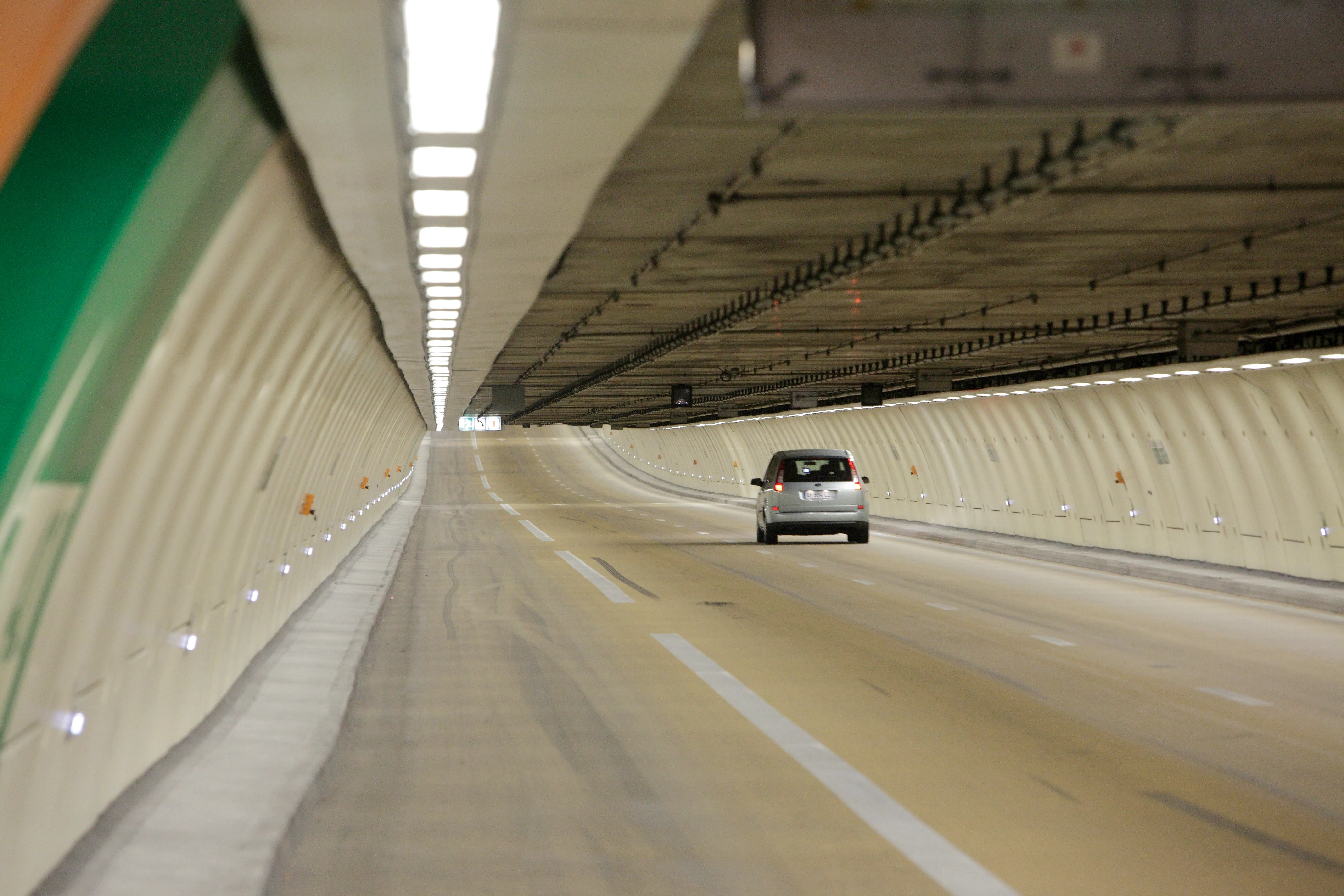Results show the state of Europe's tunnel infrastructure at its 'most sublime and most depressing quality' as Patrick Smith reports. EuroTAP [European Tunnel Assessment Programme] 2010 has unveiled the results of inspections conducted earlier this year in 26 major tunnels in 13 European countries. The on site inspections, carried out between 12 April and 20 May, 2010, are said to indicate that an "alarming number of operational tunnels across Europe will not be ready to comply with EU tunnel safety rules wh
May 9, 2012
Read time: 4 mins

Results show the state of Europe's tunnel infrastructure at its 'most sublime and most depressing quality' as Patrick Smith reports.
The EU Tunnel Directive setting the minimum safety requirements for tunnels in the trans-European road networks was adopted in 2004.
EuroTAP says that despite significant progress made by many tunnel operators, practically 40% of tunnels tested in EuroTAP 2010 did not score top marks.
"We can see indications that some Member States will have an obvious problem to comply with the deadlines set by the EU Tunnel Directive by 2014 and 2019 respectively," said Wil Botman, director general of the FIA [
With motorisation across Europe expected to increase and not just in peak holiday periods, roads and tunnels will have to bear increasing daily volumes of vehicles and increased risks of accidents.
"This year's results show the state of Europe's tunnel infrastructure at its most sublime and most depressing quality. In last place out of the 26 tested tunnels is Iceland's [sub-sea] Hvalfjörður Tunnel. For this EU candidate country, EuroTAP can serve as a benchmark in its efforts to become an EU member and comply with EU legislation," says EuroTAP.
The Hvalfjördur Tunnel, on the south-west coast of Iceland, opened in 1998, reduced the travel distance between the capital Reykjavík and other localities by over 40km.
Plans for the future include (2010) improved markings for lay-bys; additional fire extinguishers and batteries for the uninterruptible power supply system to be supplemented/replaced. Next year additional video cameras and transmission via optical fibres; additional emergency phones with fire extinguishers and improved markings are planned, while in 2012 escape route signs in the tunnel and new cabling for evacuation lighting will be fitted.
Between 2012 and 2014 the installation of an automatic video surveillance system; an automatic extinguishing system in the transformer stations and certified cables for power supply and control are scheduled.
With traffic in the tunnel increasing by approximately 10-12%/year 2004-2007, it was felt a new tunnel was necessary in 2014-2015 but following the financial crisis in 2008, there has been no growth in traffic.
"All geological research and primary design for the new tunnel was ready in July, 2008 but now it is not on the plan in the public sector for the next 8-10 years," said Gylfi Thordarson, managing director of the tunnel operators Spölur ehf.
At the other end of the test results scale stands the state-of-the-art A86 Duplex Tunnel, part of a ring road around Paris. This exemplary and innovative double-deck tunnel with cross-connections and additional escape and rescue routes every 200m, offers the full range of safety features that other operators should target.








